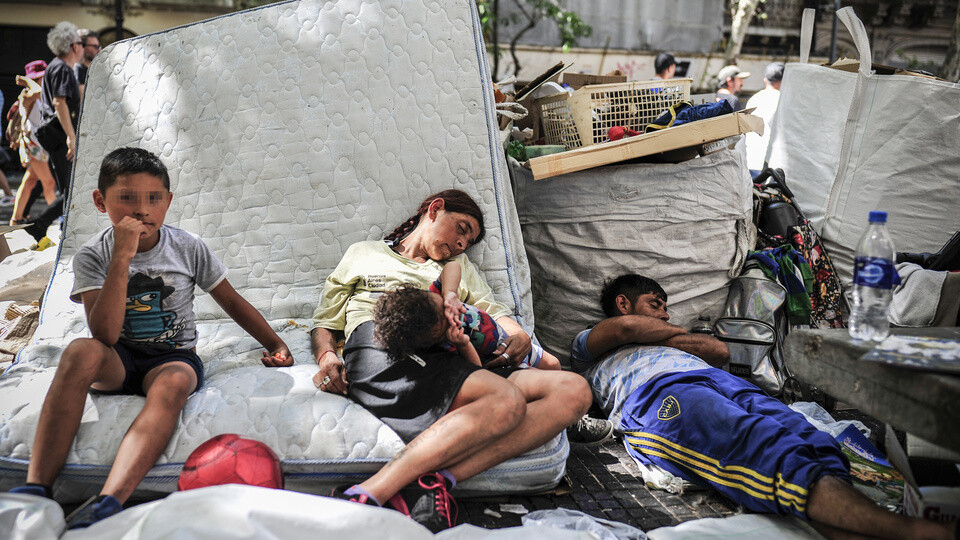
According to data released by Argentina's National Institute of Statistics and Census (Indec), the poverty rate in Argentina reached 38.1% in the second half of 2024, marking a significant decrease of 14.8 percentage points compared to the first half of the year. The extreme poverty rate also saw a substantial drop from 18.1% to 8.2% during the same period. This implies that a considerable portion of Argentina's 47 million population has been lifted out of poverty.
This remarkable reduction in the poverty rate stands in stark contrast to the first six months following the inauguration of President Javier Milei's administration, during which the poverty rate soared to 52.9%.
Effect of Inflation Control Policies... Emphasis on Efforts for Long-Term Poverty Reduction
The primary driver behind this decline in poverty is attributed to the effectiveness of inflation control policies. The annual inflation rate, which stood at 211% in 2023, significantly slowed down to 118% in 2024, a key achievement highlighted by President Milei.
In a statement, the Presidential Office asserted, "The reduction in poverty is a direct result of the war against inflation, macroeconomic stabilization, and the deregulation that had limited Argentina's economic potential for years, all of which have been promoted by President Javier Milei." The statement further claimed, "The current government is demonstrating that poverty can be reduced in the long term through the right path of economic freedom and fiscal responsibility, and it is the first government in many years to initiate a genuine process of poverty reduction."
The Milei administration has been pursuing strong economic reform policies, including a significant reduction in public spending, which led to the first annual fiscal surplus in 14 years. While the 2024 economic growth rate is projected to be -1.8%, which is better than anticipated, austerity measures such as large-scale layoffs due to public sector downsizing and the suspension of public works, increases in public utility rates, and the liberalization of rent and medicine prices have placed a significant burden on the common people's economy. In fact, consumer spending has continued its downward trend for 15 consecutive months.
Despite Improved Economic Indicators... Difficulties Persist for the Common People
While Indec's statistics show a clear improvement in poverty indicators, it is crucial not to overlook the fact that many Argentinians are still facing hardship due to the government's austerity policies. Pensioners, in particular, are analyzed to be among the hardest hit by the government's fiscal tightening.
According to Indec's poverty line, a poor household is defined as one that does not have sufficient income to purchase basic necessities. As of February 2025, the basic cost of living in Argentina was calculated to be 342,370 pesos (approximately $313 USD at the official exchange rate). Argentina experienced a poverty rate as high as 57.5% during the severe economic crisis of October 2002.
Future Prospects and Challenges
This sharp decline in the poverty rate can be seen as a positive short-term effect of President Milei's economic policies. However, whether this trend can be sustained in the long term, given the economic slowdown and contracting consumption, remains uncertain. The government will need to develop additional policies to revitalize the economy and explore support measures for vulnerable groups struggling due to fiscal austerity.
[Copyright (c) Global Economic Times. All Rights Reserved.]






























